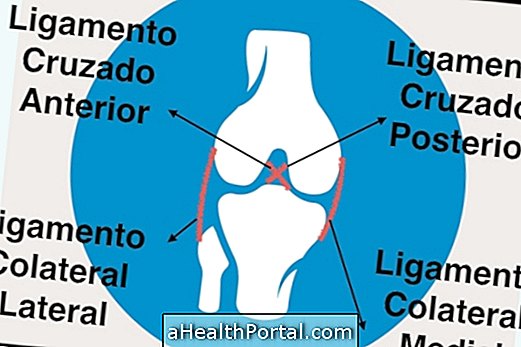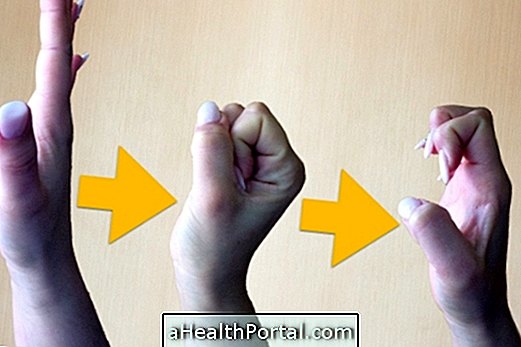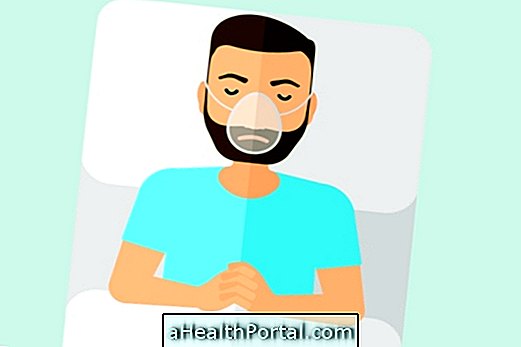Muscle contracture occurs when the muscle contracts incorrectly and does not return to its normal state of relaxation. Contractures can occur in various parts of the body, such as the neck, neck or thigh for example, and can occur after a very hard workout, a bad night's sleep, or an excess of tension in the body caused by excessive stress and worry.
The contracture causes pain, discomfort and often limits the movements, being in most cases easily felt when one places the hand on the muscle and it is noticed a more painful and rigid part. This type of muscle injury is very common in people who spend a lot of time working in offices in the same position for a long time and usually do not practice any physical activity on a regular basis.
Symptoms of Muscle Contracture
Some of the symptoms that indicate the presence of a muscle contracture are:
- Pain and discomfort especially if it is in the neck, cervical, thigh, back, calf and gluteus, for example;
- Presence of a part of the most painful and hard muscle, similar to a ball or stone;
- Difficulty in stretching the affected muscle due to pain;
- Difficulty in moving the joint or nearby limb of the sore muscle.

How to Treat a Muscle Contracture at Home
Muscle contracture treatment can be done at home, and the step-by-step approach to treating a contracture includes:
- Take a hot water bath, letting the hot water jar fall directly into the contraction region.
- Treat with a hot water bottle or heated wet towel in the painful region for 15 to 20 minutes, 2 to 3 times a day.
- Massage the contracture region with strong, circular motions using a moisturizing cream or relaxing essential oil, especially if it feels like a ball or core.
- Do some stretches, which make it possible to stretch and exercise the affected muscle, because although these stretches may initially cause some pain, they will help relieve tension in the contracture region, helping to relax the muscle. Here are some stretches you can do if your contracture is in the neck by clicking here.
In addition, in times of increased fatigue, when there is a lot of muscle tension and contractures are recurrent, you can also use the remedies to relax muscles like Miosan or Dorflex for example. These remedies, in addition to helping to relax, also help to relieve pain and to sleep better, because its relaxing effect on the muscles favors sleep and rest of the body. See other examples of relaxants in Remedies with Muscle Relaxing effect.
However, if this treatment does not clear the contracture and the pain and symptoms persist for more than 7 days, you should seek a doctor or physical therapist, because in this case you may have a more severe contracture requiring medical follow-up and physical therapy.
What to do to avoid muscle contractures

To avoid muscle contractures, there are some tips that will make all the difference, such as:
- Sleeping with a pillow low or without pillow if sleeping belly up or sideways;
- Avoid stress and worry, trying to relax whenever possible;
- Correct posture and always walk or sit with your back and change your rights; See how you can correct poor posture in Avoiding 7 Habits That Prevent Posture;
- Avoid sudden movements or exaggerated physical exertion.
- Do not cross your legs while sitting for long periods of time.
- If working in a seated office, stop and stretch at least 2 times during work hours, preferably 1 time in the morning and one in the afternoon. See what stretching exercises can do at work by clicking here;
In addition, sedentarism also contributes to the development of muscle contractions, so it is recommended that you practice some physical activity such as swimming or Pilates, for example, that strengthen muscles and relieve stress and accumulated tension. Muscle contractures in general are common in people who spend a lot of time working in offices, always in the same position and for long periods of time.
























